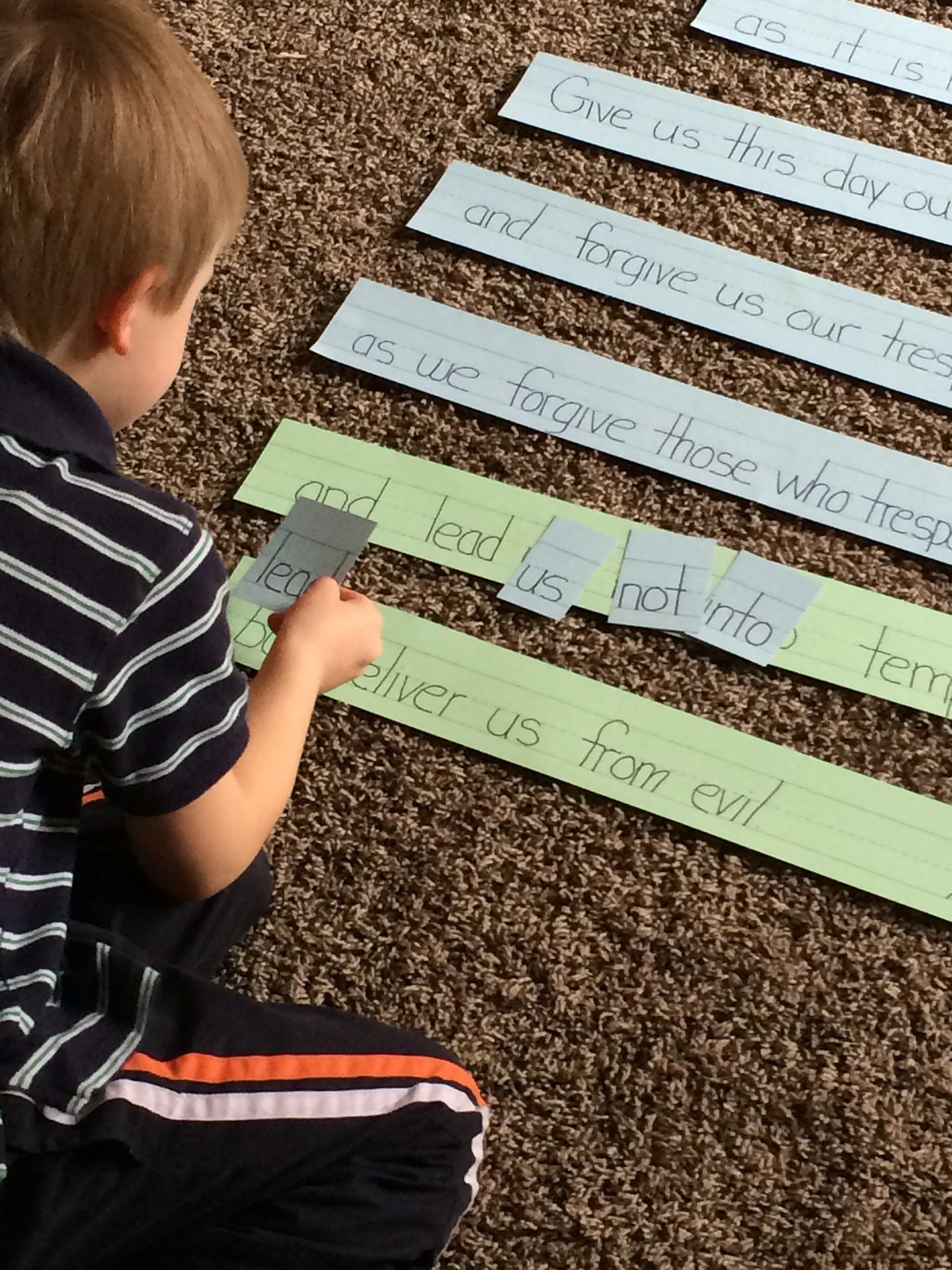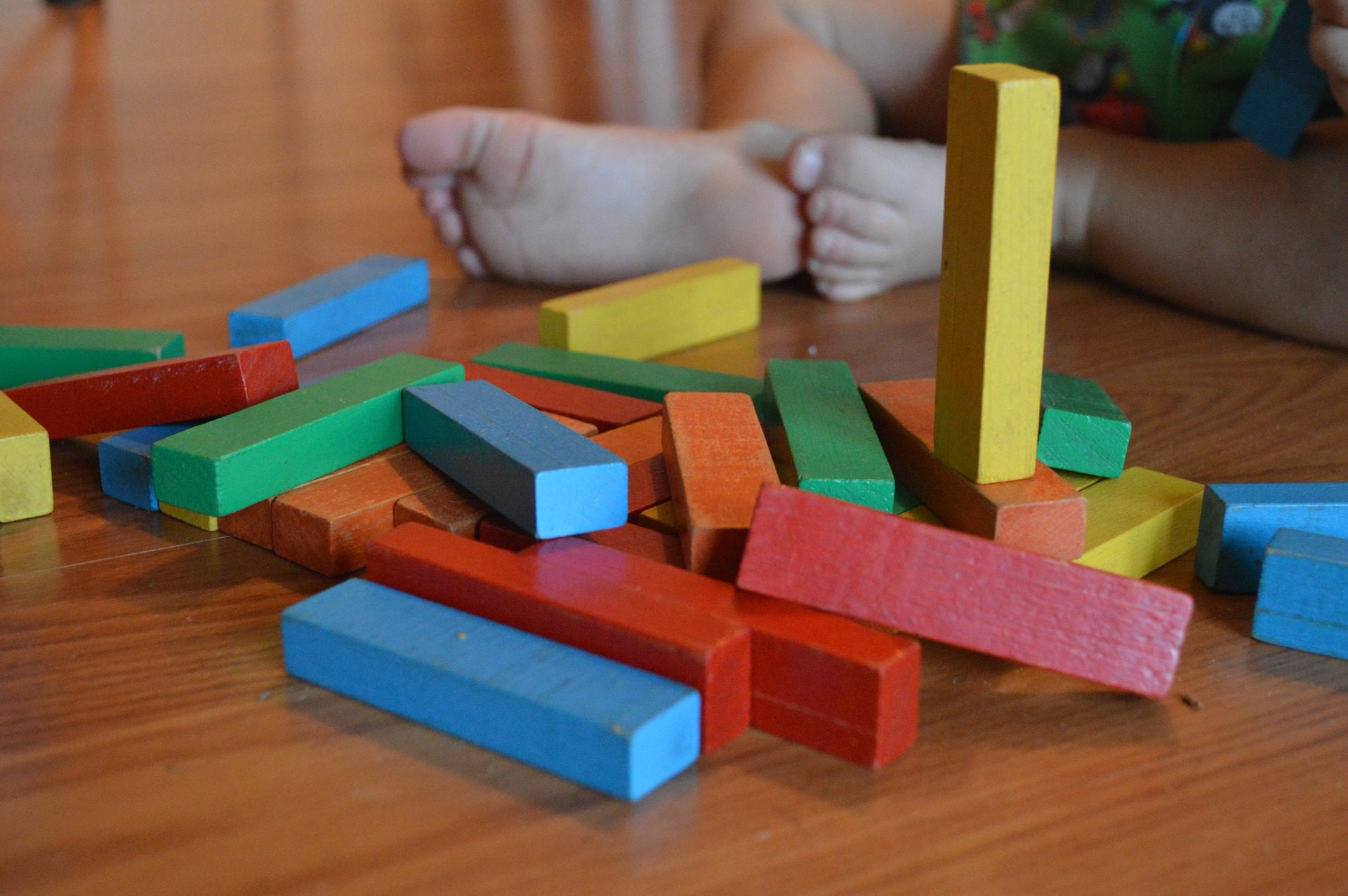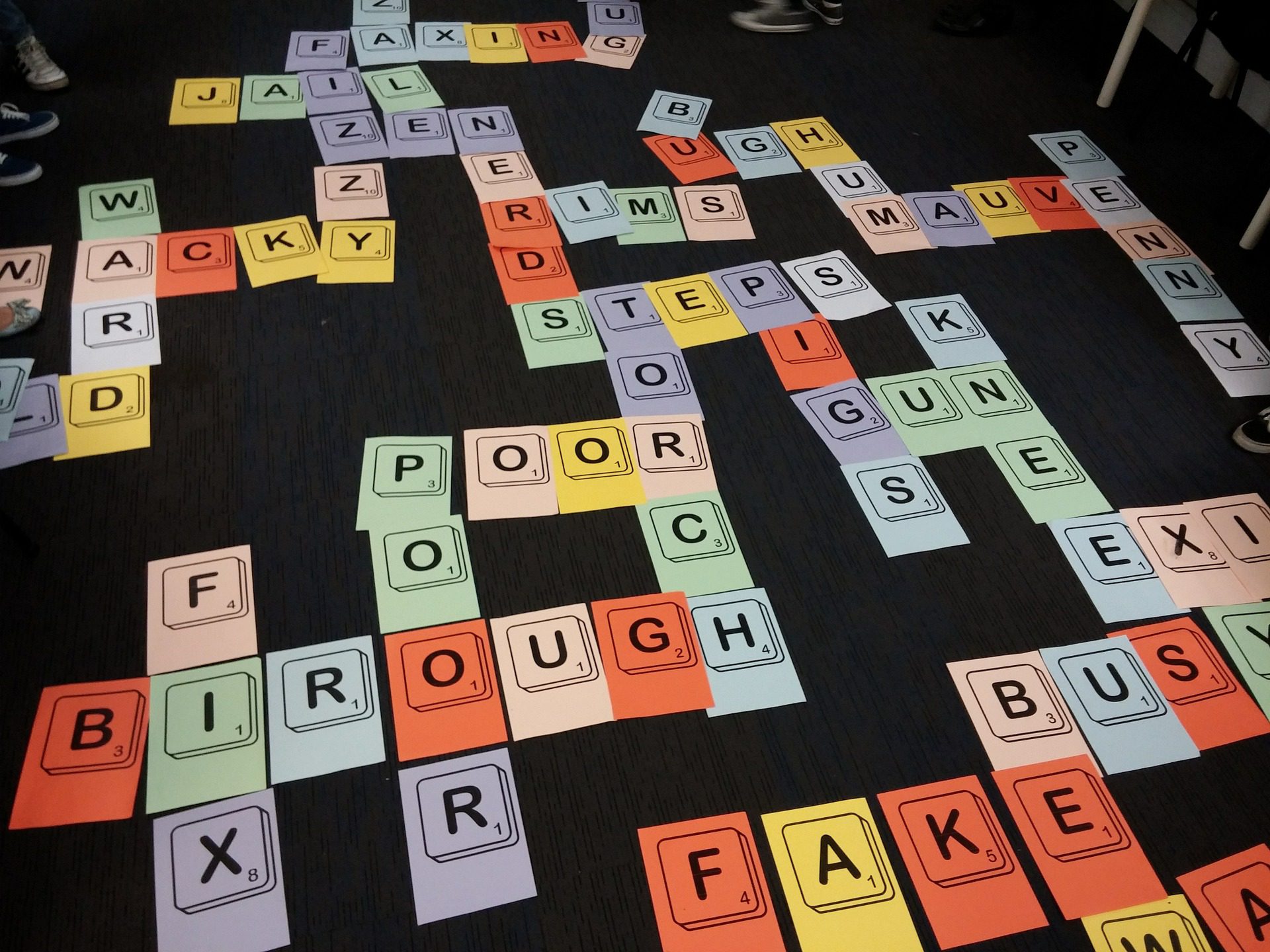
By Marcus Goh and Adrian Kuek
We’ve talked about how to help your kids love learning, but what about changing the learning process altogether to make it more like the fun activities that your child loves doing, like playing games? That’s what the gamification of learning seeks to achieve.
Gamification is defined as the insertion of game elements, such as a points system, competition with other players, and codified rules and boundaries for scoring points. In a way, our education system already bears many elements of gamification, with marks (points), rankings (competition with other players), and a set of rules (exam formats and syllabuses). However, the consequences of failure in the “game” of education are far too severe to allow it to be fun and lighthearted, just like in real games.

The objectives of gamification
What then, is the point of gamification? Remember that it’s based on games. Games are engrossing and sometimes addictive because they put the person in a state of flow, which is when a person is completely immersed in a feeling of energised focus and enjoyment by playing the game. To put it plainly, the person is busy having fun.
The benefits of making learning fun are numerous, since if it is a pleasurable activity, kids will naturally take the initiative to learn. Gamifying learning also creates additional motivation, since there are now two rewards for learning — the actual satisfaction itself, and the accrual of points which translates into tangible progress.
Gamification also adds a social element to learning, since the competitive element means that you will need to learn how to interact with other players when you win and when you lose. It teaches a child how to be a good sport when they don’t win, and how to be a gracious winner when they’re victorious.

Gamification doesn’t have to be complex
Contrary to the connotations that the word “gamification” has, you don’t need advanced technology like an Oculus Rift or a Playstation 4 in order to gamify learning. All you need to do is to add game elements to learning. This means adding a rewards system (points work best) and rules within which your child can compete, like a time limit. You don’t have to buy anything extra to gamify learning — what’s required is a mindset change.
You can base it off the simplest games, like catching or scissors-paper-stone. For more ambitious parents, you can draw up an entire system of tasks and rewards, and allow your child to save up points for bigger and better benefits.

Ways to gamify learning
Here are some techniques to gamify learning for your child, ranging from easy tasks to more elaborate setups. Pick the ones that you’re most comfortable with and watch learning turn into gaming for your child (with the subsequent addictiveness that comes along with it!).
1. Add a points system for learning
Assign a point value to each learning task your child has to do, like completing homework, learning their spelling words, or reading a textbook chapter. The more difficult or time consuming the task, the more points your child will earn.
Next, assign a point value to desirable activities that your child likes, like watching television, playing with their mobile devices, or even playing with their toys.
Now, every time your child finishes a learning task, they earn points that they can spend on doing something they like. It’s a better system than saying “you can only play with your tablet after you have finished your homework”, because it gives your child the flexibility to choose what they want to do and gives them discrete and measurable progress (points) to their rewards.

2. Use a homemade board to keep track of progress
If points are too abstract for your child (especially younger ones), then create a chart or board for them. Draw a path from the starting point to the finishing point and divide it into different segments, and let them progress on to the next segment when they complete a task. Think of it as a giant rewards card for your child.
When they reach the end of the path, they get to choose a reward. For a greater sense of progression, add mini-rewards along set intervals along the path, so it doesn’t feel that they have to wait for a very long time to be rewarded for their actions.
If you have more than one child, allow both of them to use the board at the same time. This instils a sense of competition in learning, which will increase their motivation.

3. Add a time limit
Adding a time limit for tasks is also a great way to add challenge to learning. Super Mario had time limits for each level, and that created a sense of urgency for players. However, be sure to check that your child has completed the learning task properly, and not just rushed through it to meet the time limit.
4. Give titles and awards
If points are too troublesome, take a leaf from how modern games have an “Achievement Unlocked” setting. Every time your child hits a milestone, create some sort of banner or badge that states “Achievement Unlocked: Got full marks for spelling”. Not only does it add an element of fun to learning, but it’s also in line with how modern games reward players for tasks.
How else you would gamify learning for your child?
This article was also published on Yahoo!
Grade Expectations is a weekly feature on education in Singapore. Expect fun activities, useful tips and insightful news on learning. It’s not just about your child’s grades — it’s about raising a great child!
Marcus Goh runs Write-Handed, a creative writing studio. At the same time, he teaches English at The Write Connection. He has been a specialist tutor for English and Literature (Secondary) since 2005.
Adrian Kuek runs Joyous Learning, an enrichment centre that specialises in English, Mathematics, Science and Creative Writing for Primary. He previously served as the academic director of one of Singapore’s largest enrichment centre chains for over seven years.
If you liked the article, follow me on Facebook and Twitter for more (presumably) good updates!
To get in touch with me, send an email!
Leave a Reply